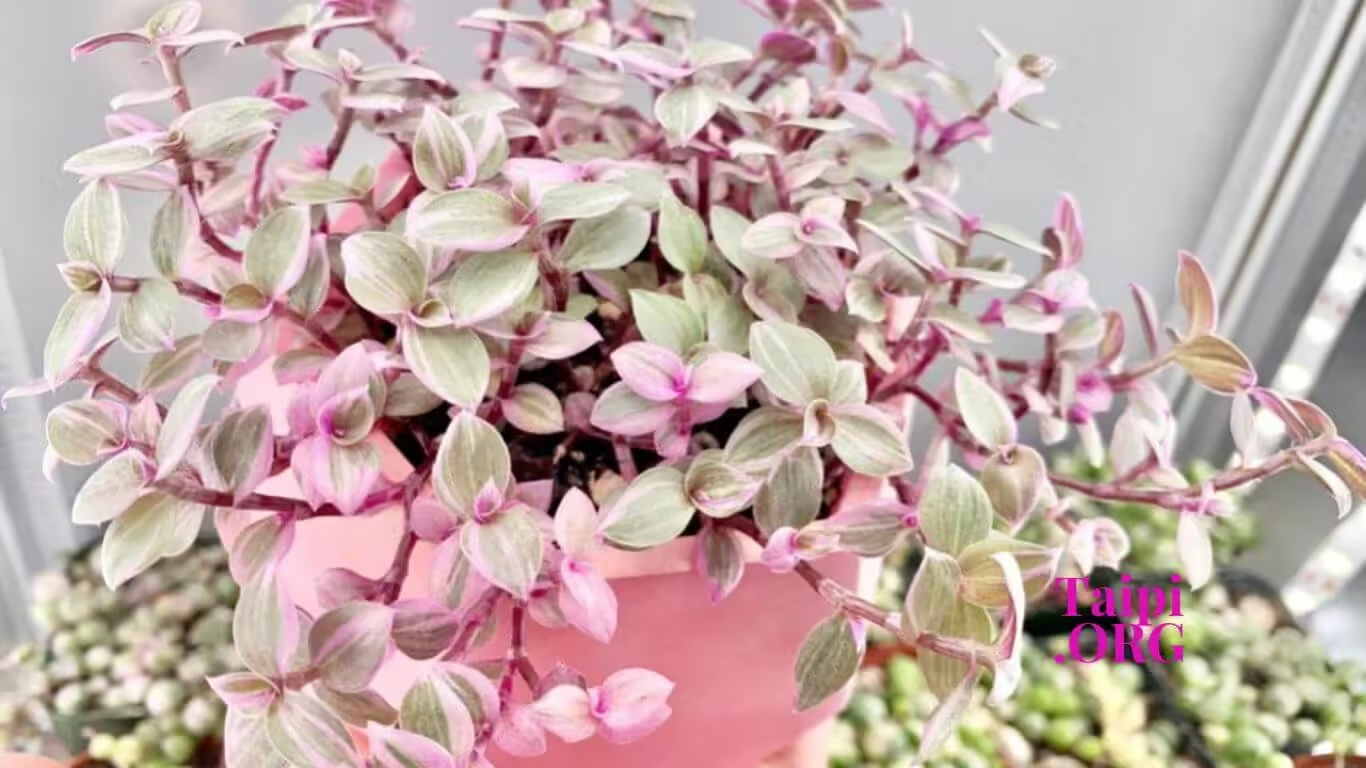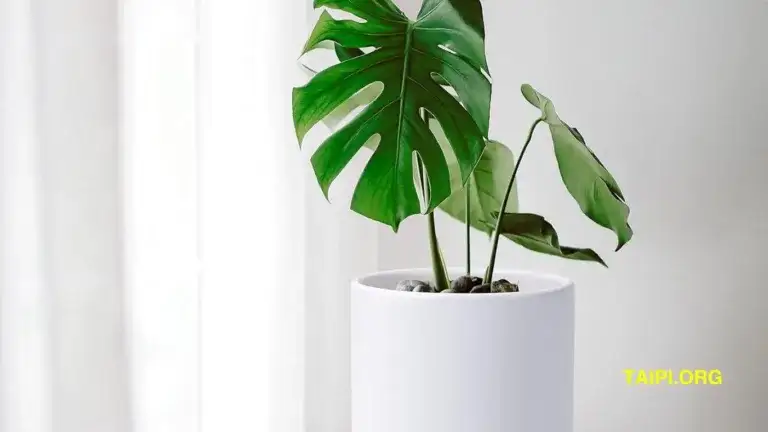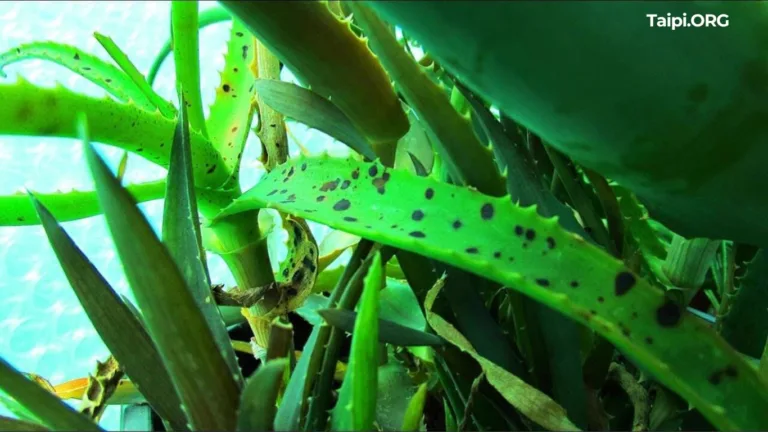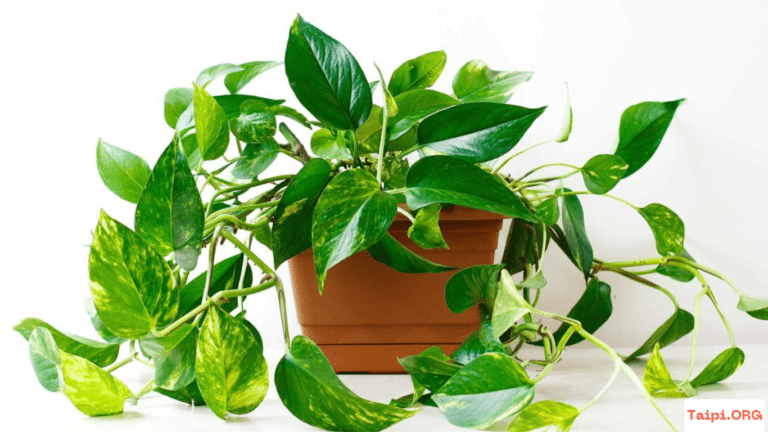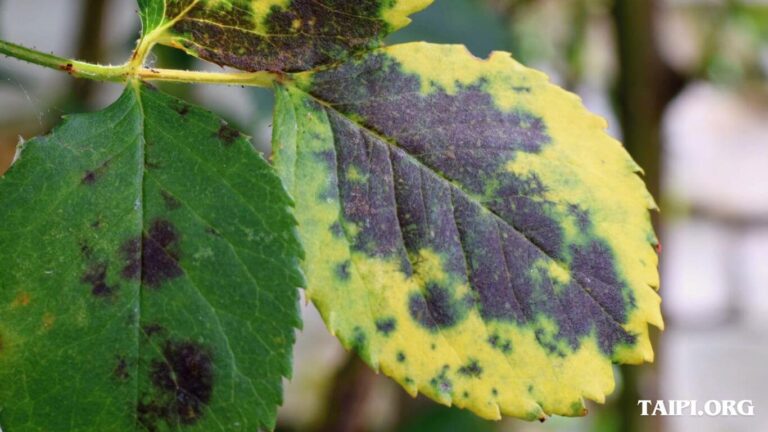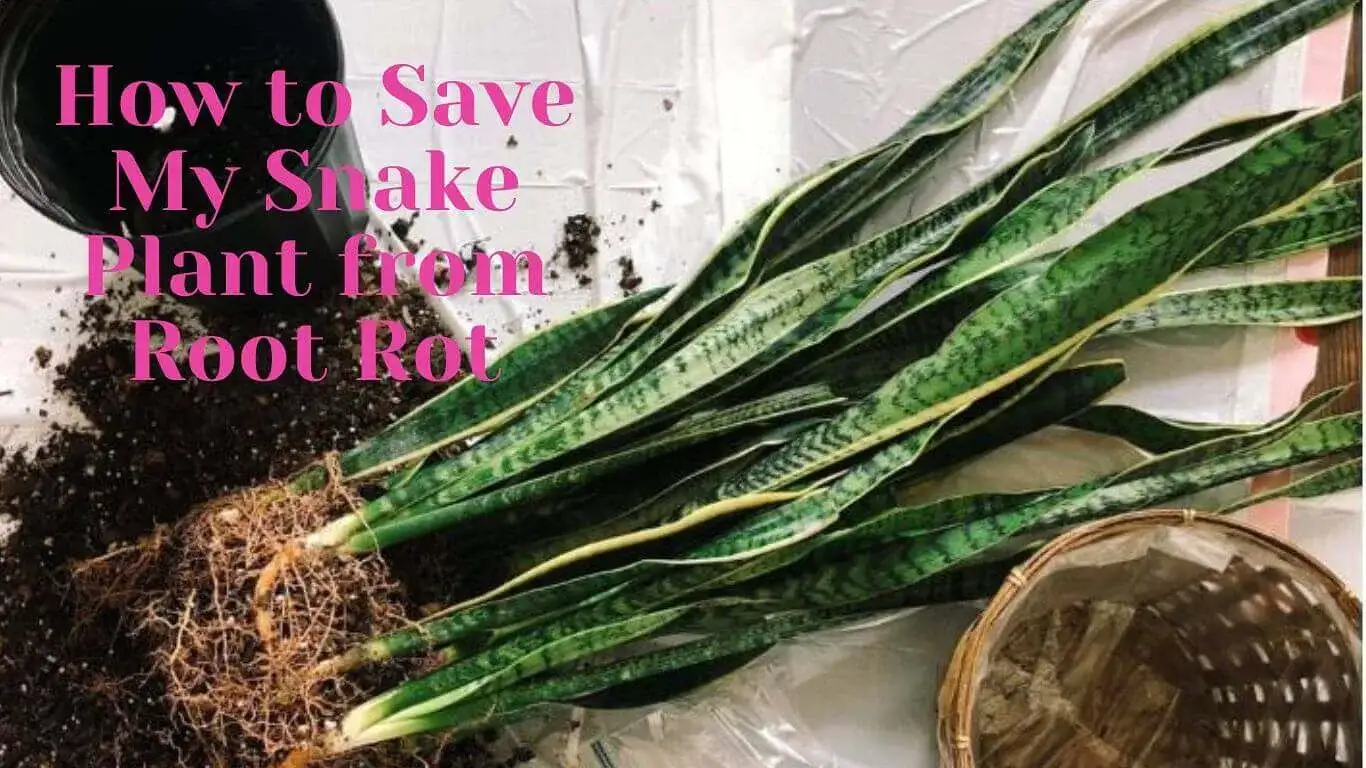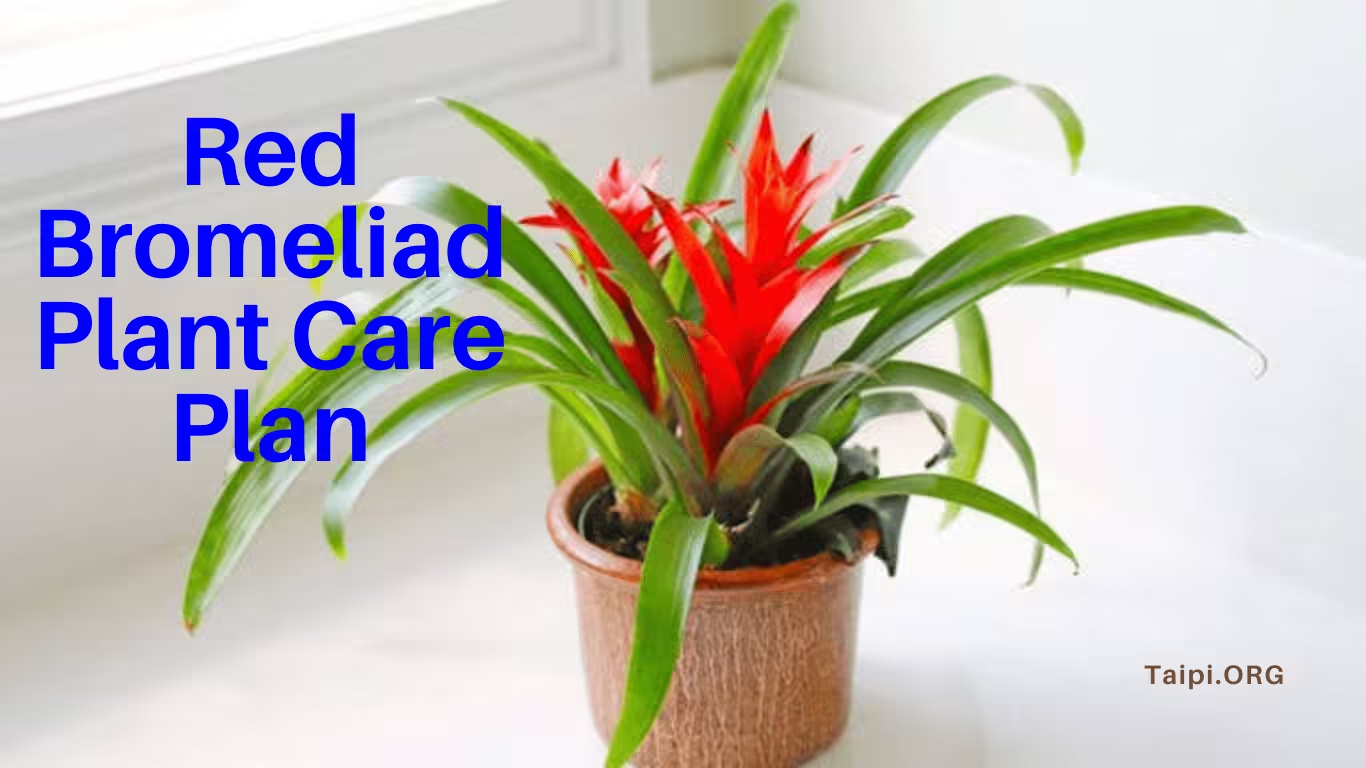Callisia Repens: How to Grow and Care for This Indoor Buddy
CALLISIA repens, commonly known as the Turtle Vine or Creeping Inch Plant, is a charming and low-maintenance plant that has gained popularity among indoor plant enthusiasts and gardeners alike. Native to Central and South America, this trailing plant is prized for its attractive foliage and easy-going nature. In this article, we’ll cover everything you need to know about Callisia repens, from its characteristics and care requirements to propagation and common issues.
Characteristics of Callisia Repens
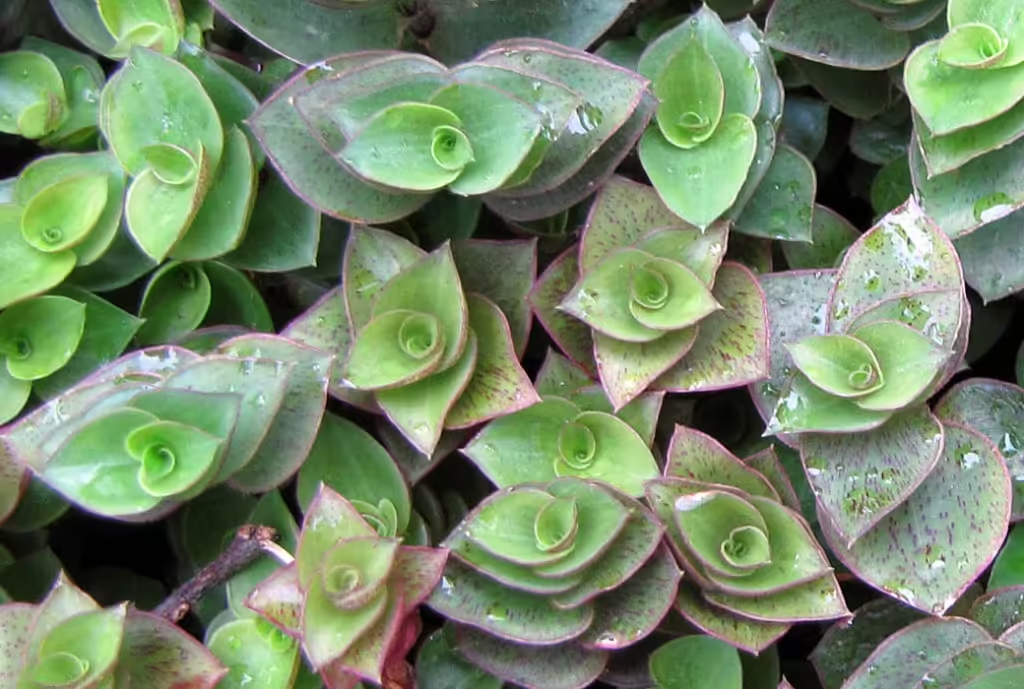
Here are the top characteristics of Callisia repens that help you distinguish this indoor staple from its peers.
Appearance
Callisia repens is a small, trailing perennial plant with succulent-like leaves. The leaves are typically small, oval, and fleshy, ranging from bright green to a deep purple hue. The plant produces tiny white or pinkish flowers, which are not particularly showy and often go unnoticed.
Growth Habit
This plant has a creeping growth habit, making it an excellent choice for ground cover, hanging baskets, or as a trailing accent in mixed planters. It can grow up to 12 inches long, creating a dense mat of foliage that spills over the edges of containers or garden beds.
How to Care for the Callisia Repens
You must provide ample growing conditions to get the best of Callisia repens. Here are some of the things you must ensure:
Light
Callisia repens thrives in bright, indirect light but can tolerate lower light conditions. However, for the best foliage color and overall health, place it in a spot where it can receive plenty of indirect sunlight. Direct sunlight can scorch the leaves, so it’s best to avoid placing it in harsh, direct sun for extended periods.
Watering
This plant prefers evenly moist soil but is relatively drought-tolerant once established. Water the plant when the top inch of soil feels dry to the touch. Do not overwater, as this can lead to root rot. Ensure the pot has drainage holes to prevent water from sitting at the bottom.
Soil
Callisia repens does well in a well-draining, general-purpose potting mix. Adding some perlite or sand can improve drainage, which is crucial for preventing root rot. If planting outdoors, ensure the soil is well-draining and rich in organic matter.
Temperature and Humidity
Callisia repens prefers temperatures between 60-75°F (15-24°C). It can tolerate higher temperatures, but you should provide adequate humidity, especially during hot, dry spells. The plant is not frost-tolerant, so bring it indoors if you live in a region with cold winters.
Fertilizing
Feed the plant with a balanced, water-soluble fertilizer every 4-6 weeks during the growing season (spring and summer). Reduce feeding in the fall and winter when the plant’s growth slows down.
Compare: Best Fertilizer for Snake Plant
Propagation
Callisia repens is easy to propagate, making it a favorite among plant enthusiasts who love to expand their plant family and share plants with friends. The most common methods of propagation are stem cuttings and division.
By Stem Cuttings
- Take a healthy stem cutting with at least a few leaves attached.
- Remove the leaves from the bottom half of the cutting.
- Place the cutting in water or directly into moist potting soil.
- If using water, wait for roots to develop before transferring to soil.
- Keep the cutting in a warm, bright location but out of direct sunlight.
By Division
- Gently remove the plant from its pot.
- Separate the root ball into smaller sections, ensuring each section has some roots and stems.
- Plant the divisions into individual pots with fresh potting mix.
- Water thoroughly and place in a bright, indirect light.
Related: How to Propagate Different Indoor Plants
7 Callisia Repens Varieties
Callisia repens has a handful of varieties, most of which do well indoors, but a few prefer outdoor environments. Check out the main Callisia repens varieties:
1. Callisia repens ‘Bianca’
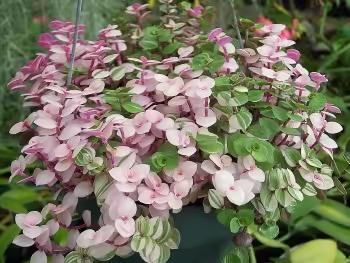
Callisia repens ‘Bianca’ is a particularly attractive variety known for its variegated foliage. The leaves are green with creamy white stripes, creating a striking contrast that adds visual interest to any setting.
The variegation can vary in intensity, with some leaves displaying more white than green and vice versa. This variety thrives in bright, indirect light, which helps to maintain its vibrant variegation.
The plant can lose some of its distinctive coloration in lower light conditions, so it’s best to keep it in a well-lit area.
‘Bianca’ has the same trailing habit as the standard Callisia repens, making it perfect for hanging baskets or as a ground cover in containers. The care requirements are similar to other Callisia repens varieties, with a preference for well-draining soil and regular watering when the top inch of soil feels dry.
Like its relatives, ‘Bianca’ is relatively low-maintenance and can be propagated easily through stem cuttings or division.
2. Callisia repens ‘Pink Panther’
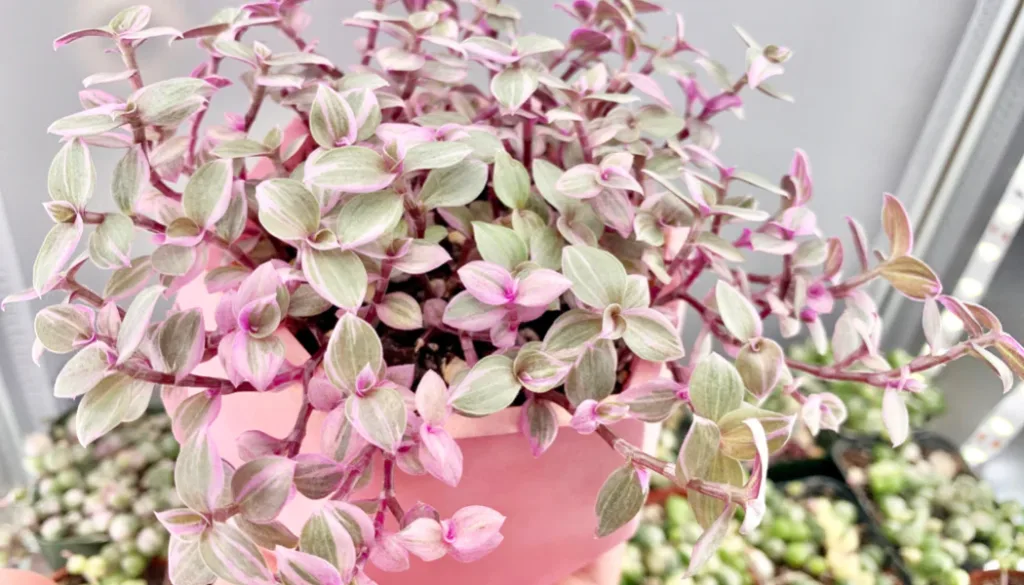
Callisia repens ‘Pink Panther’ alias Callisia repens Pink Lady is a standout variety prized for its pink and green foliage. The small, oval leaves are a mix of pink, green, and sometimes a hint of purple, creating a vibrant and eye-catching display.
This variety is especially popular for its unique coloration, which can add a splash of color to any plant collection. The pink hues are most pronounced in bright, indirect light, so placement in a well-lit area is essential for maintaining its colorful appearance.
Callisia repens Pink Lady has a creeping growth habit, making it suitable for hanging baskets or as a trailing plant in mixed planters. The care requirements for ‘Pink Panther’ are similar to those of other Callisia repens varieties. It prefers well-draining soil and should be watered when the top inch of soil is dry. Avoid overwatering to prevent root rot.
You can easily propagate Callisia Pink Panther through stem cuttings, making it easy to share with friends or expand your collection.
3. Callisia repens ‘Turtle Vine’
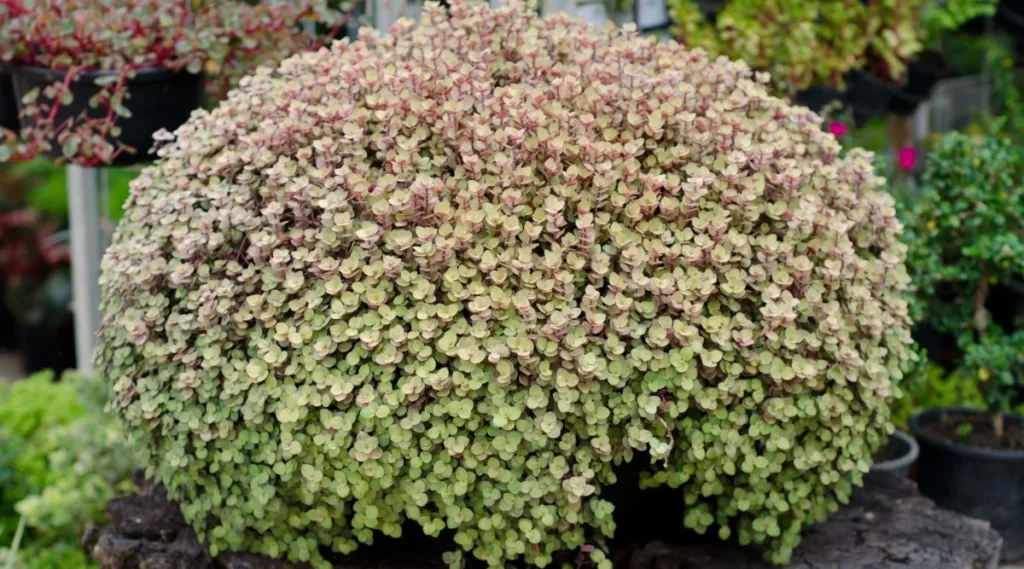
The ‘Turtle Vine’ variety is perhaps the most well-known and widely grown Callisia repens variety. It features small, fleshy green leaves that sometimes have a slightly purple underside. The leaves are densely packed along the trailing stems, giving the plant a lush and full appearance.
‘Turtle Vine’ is particularly popular for its hardiness and adaptability, making it an excellent choice for both indoor and outdoor planting.
Callisia repens Turtle Vine thrives in bright, indirect light but can tolerate lower light levels, making it a versatile choice for various indoor environments. It prefers evenly moist soil and good drainage to prevent root rot. This variety can also tolerate periods of drought once established, making it relatively low-maintenance.
As with other Callisia repens varieties, ‘Turtle Vine’ is easy to propagate through stem cuttings or division, making it a great option for gardeners looking to expand their collection or share plants with others.
4. Callisia repens ‘Golden’
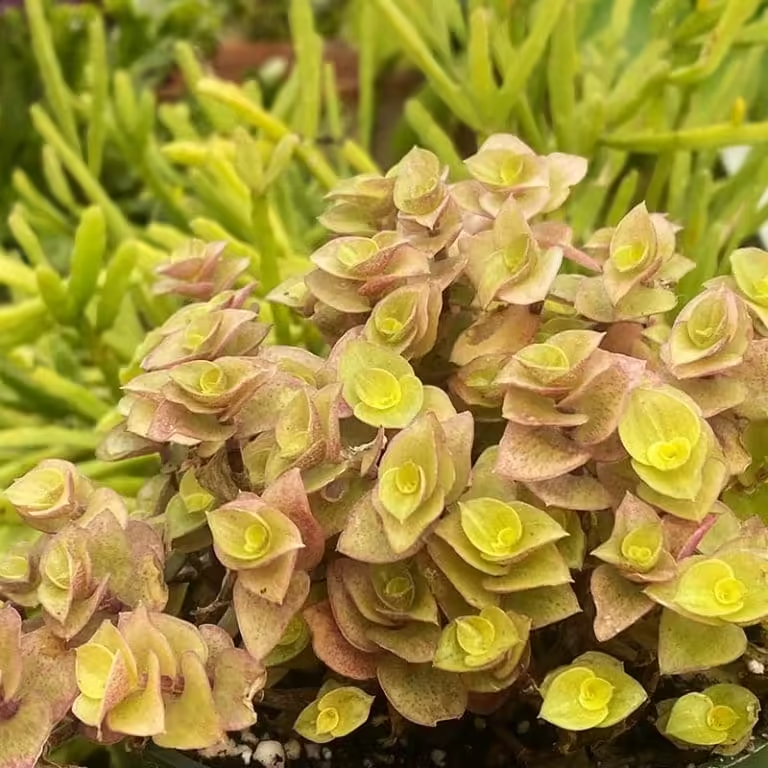
Callisia repens ‘Golden’, sometimes referred to as Bolivian Jew, is a stunning variety known for its golden-green foliage. The leaves have a beautiful golden hue, ranging from a soft yellow to a more intense gold, depending on the light conditions. This variety adds a warm and vibrant touch to any plant display, making it a popular choice for those looking to add a bit of brightness to their indoor garden.
The ‘Golden’ variety shares the same creeping growth habit as other Callisia repens varieties, making it ideal for hanging baskets or as a ground cover in mixed planters. It thrives in bright, indirect light, which helps to maintain its golden coloration. The plant may lose some of its vibrant color in lower light conditions, so it’s best to place it in a well-lit area.
The care requirements are similar to other varieties, with a preference for well-draining soil and regular watering when the top inch of soil feels dry. Propagation is easy through stem cuttings, allowing you to create more plants to share or expand your collection.
5. Callisia repens ‘Melnikoff’
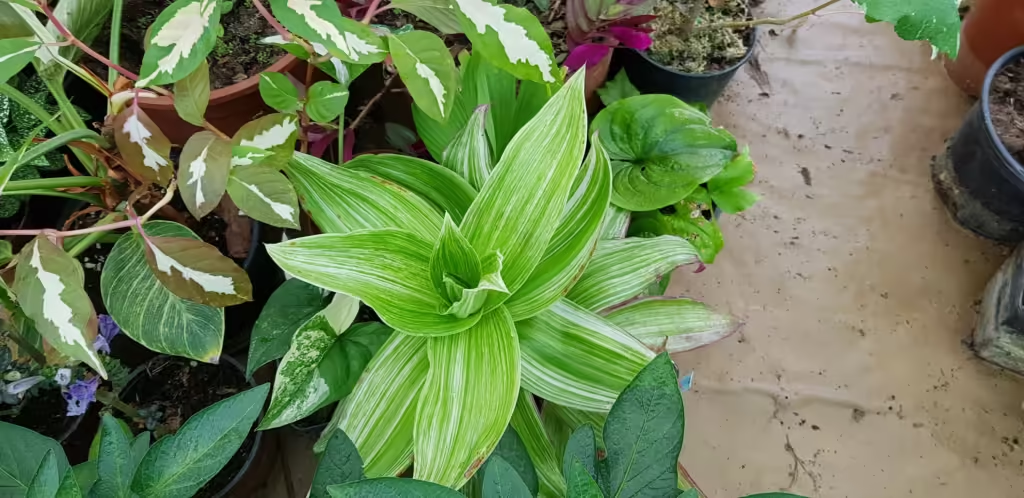
Callisia repens ‘Melnikoff’ is a unique variety featuring dark green leaves with a rich purple underside, giving it a striking appearance. The leaves are slightly larger than those of other Callisia repens varieties, adding to its distinctiveness. This variety is particularly valued for its lush and dense foliage, which can add depth and color contrast to any plant arrangement.
‘Melnikoff’ thrives in bright, indirect light, enhancing its purple undersides’ intensity. It can tolerate lower light conditions but may lose some of its vibrant coloration if kept in an environment that is too dim.
Like her peers, ‘Melnikoff’ prefers well-draining soil, which should be watered when the top inch of soil feels dry. It is easy to propagate through stem cuttings or division.
6. Callisia repens ‘Variegata’
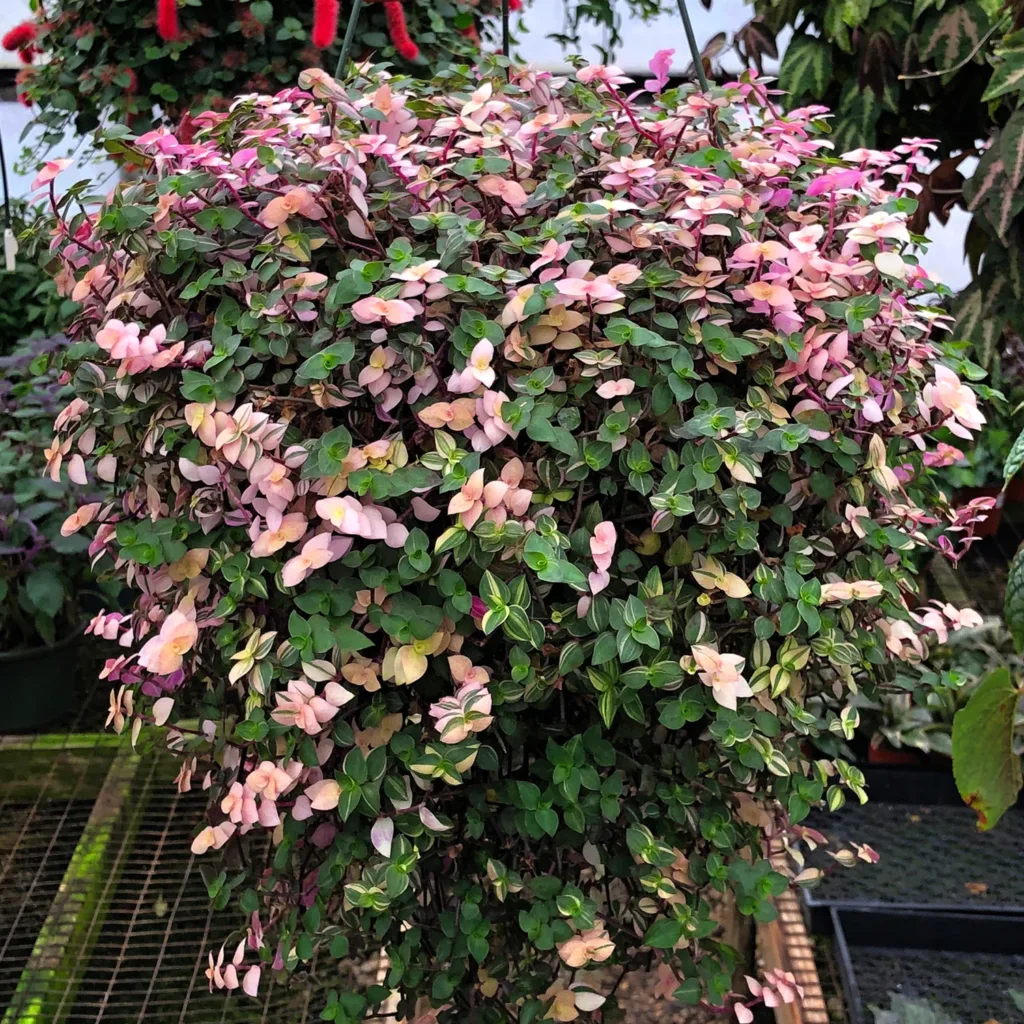
Callisia repens ‘Variegata’ is known for its beautifully variegated leaves that feature a mix of green, white, and sometimes pink hues. The variegation pattern is quite striking, with each leaf showcasing a unique blend of colors that can add dynamic visual interest to any plant collection. This variety is particularly popular among those who appreciate plant foliage’s intricate and varied patterns.
The care requirements for ‘Variegata’ are similar to those of other Callisia repens varieties. It thrives in bright, indirect light, which helps maintain the vivid variegation.
In lower light conditions, the colors may fade, so it’s best to keep this plant in a well-lit area. The plant prefers well-draining soil and regular watering when the top inch of soil is dry.
Avoid overwatering, as it will cause many problems for your indoor buddy. Propagation is easy through stem cuttings, allowing plant enthusiasts to share this beautiful variety with friends or grow more for themselves.
7. Callisia Repens ‘Stardust’
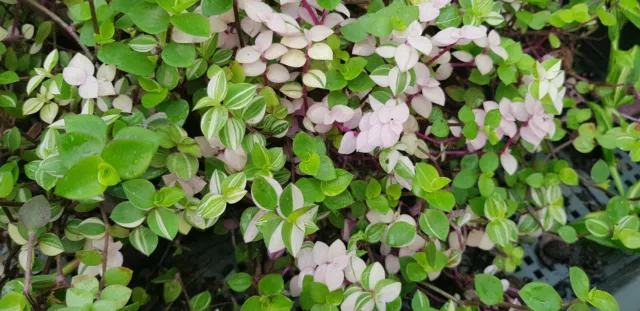
Callisia repens ‘Stardust’ is a unique variety characterized by its green leaves speckled with tiny white dots, giving the appearance of a starry night sky. This speckled pattern adds a touch of whimsy and charm, making ‘Stardust’ a favorite among collectors and hobbyists who enjoy plants with distinctive foliage.
‘Stardust’ thrives in bright, indirect light, which helps to enhance the speckling on the leaves. It prefers well-draining soil and should be watered when the top inch of soil feels dry. The plant is relatively low-maintenance and easy to propagate through stem cuttings.
The trailing habit of ‘Stardust’ makes it perfect for hanging baskets or as a cascading element in mixed planters, adding a unique and celestial touch to your plant display.
Common Issues with Callisia Repens
Even as we praise this house buddy, several issues come her way, such as:
Pests
Callisia repens is relatively pest-resistant but can occasionally suffer from aphids, spider mites, or mealybugs. Regularly inspect your plant and treat any infestations with insecticidal soap or neem oil.
Compare: How to Get Rid of Pests on Indoor Plants
Diseases
The most common issue is root rot, usually due to overwatering. Ensure proper drainage and avoid letting the plant sit in water.
Leggy Growth
If your Callisia repens becomes leggy, the problem might be insufficient light. Move it to a brighter location and trim the leggy stems to encourage bushier growth.
Conclusion
Callisia repens is a versatile and attractive plant that can add a touch of greenery to any indoor or outdoor space. With its low-maintenance nature and ease of propagation, it’s an excellent choice for both novice and experienced gardeners. By following the care tips outlined in this article, you’ll be well on your way to enjoying a healthy and thriving Callisia repens in your home or garden.

